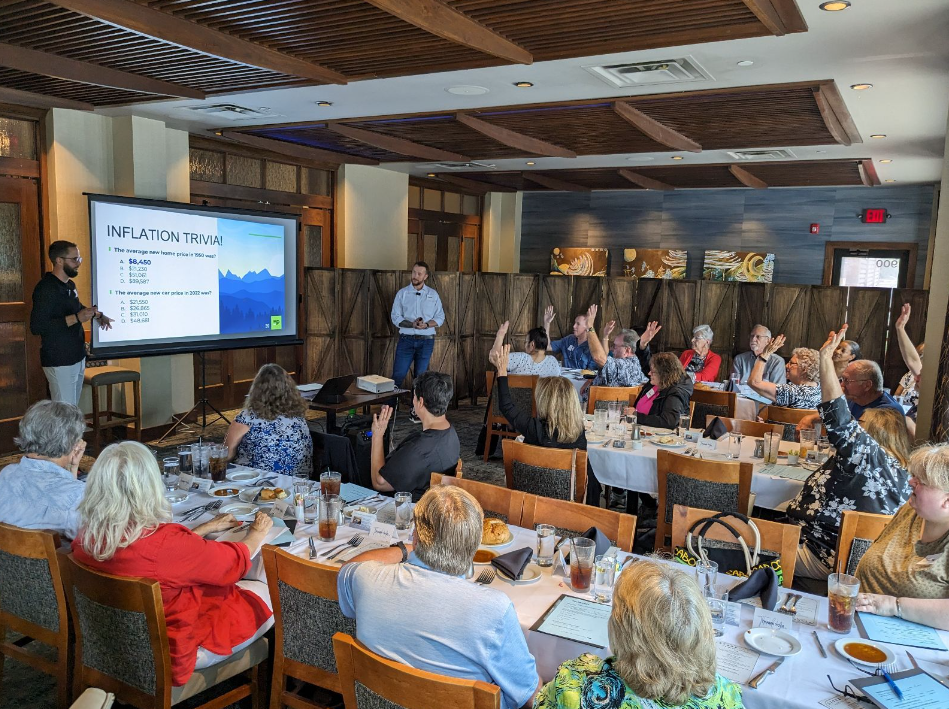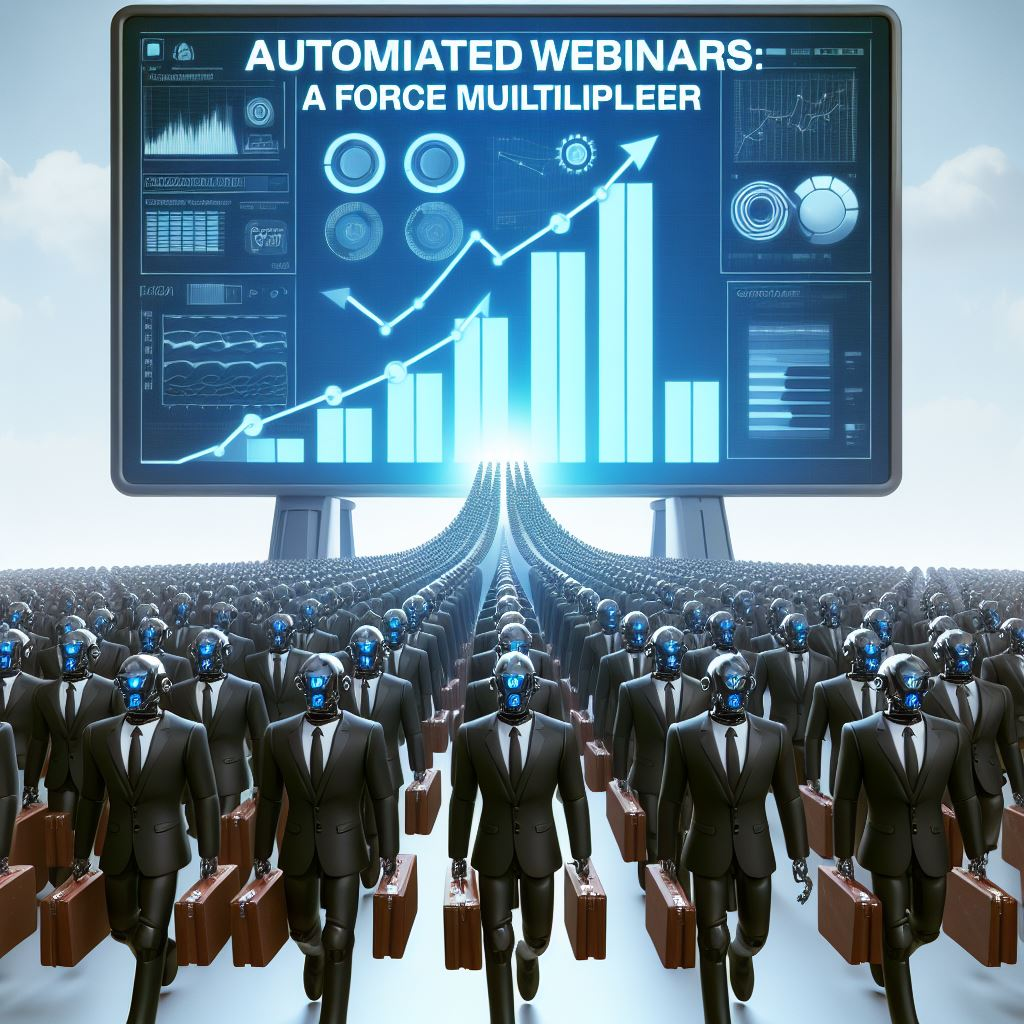At RA Marketing, we provide coaching on presentation techniques. Seminar presentations hold immense potential for transforming mundane gatherings into captivating experiences. Whether you're addressing a small group of less than 40 people in a cozy restaurant setting or speaking to a larger audience in a conference hall, the principles of effective presentation remain consistent. In this article, we'll delve into the key elements that contribute to a memorable and impactful seminar presentation, focusing on techniques tailored for an intimate setting, like a restaurant or a classroom.
Get in touch
720-547-6221
hello@goRAdigital.com
Ingredients for Crafting a Meaningful Seminar Presentation
RA Marketing • February 6, 2024
Ingredients for Crafting a Meaningful Seminar Presentation

2 ways to finish this post:
1) READ it - just keep scrolling and you're on your way...
2) LISTEN to it - click the title of the blog post you want to hear below and prepare to be serenaded!
Remember, the paramount outcome you want to achieve from your seminars is quality, meaningful appointments. This doesn’t happen because of your advanced degrees (or lack thereof), superior intellect, licensure, credentials, or killer special effects in your PowerPoint. It happens because people connect with you on a human level.
Connect with RA >>
1. **Start with a Compelling Story**
Nothing captures attention quite like a well-crafted narrative. Begin your presentation with a personal anecdote, a relevant case study, or a thought-provoking story that sets the stage for the topic at hand. Storytelling not only engages the audience emotionally but also helps to illustrate key points in a memorable way.
2. **Use People's Names**
Addressing individuals by their names fosters a sense of connection and personalization. Take the time to learn the names of your audience members and incorporate them naturally throughout your presentation. This simple gesture demonstrates respect and attentiveness, making each person feel valued and engaged.
3. **Maintain Eye Contact**
Eye contact is a powerful tool for building rapport and establishing credibility. In a smaller setting like a restaurant or classroom, make a conscious effort to maintain eye contact with different audience members as you speak. This not only conveys confidence and sincerity but also encourages active participation and interaction.
4. **Be Vulnerable and Authentic**
Authenticity breeds trust and connection. Don't be afraid to share personal experiences, challenges, or failures related to your topic. Showing vulnerability not only humanizes you as a presenter but also creates a safe space for genuine dialogue and learning. Authenticity resonates with audiences on a deeper, human level.
5. **Encourage Interaction and Participation**
Seminars thrive on engagement and interaction. Incorporate opportunities for audience participation through Q&A sessions, group discussions, or interactive activities. Encourage attendees to share their insights, ask questions, and contribute to the conversation. This not only keeps the audience actively involved but also enriches the learning experience for everyone involved.
6. **Utilize Visual Aids Sparingly**
While visual aids can enhance understanding and retention, they should complement rather than overshadow your presentation. In a restaurant setting, opt for simple visual aids such as slides, diagrams, or props that reinforce your key points without overwhelming the audience. Keep visuals concise, relevant, and visually simple to maintain focus and engagement. In fact, don’t be afraid to turn off the power point while making a key point to focus all eyes on you.
7. **Practice Active Listening**
Effective communication is a two-way street. Actively listen to your audience's feedback, questions, and concerns throughout the presentation. Demonstrate empathy and attentiveness by acknowledging and responding thoughtfully to audience input. This not only fosters a collaborative atmosphere but also ensures that the presentation remains relevant and responsive to audience needs.
An effective seminar presentation is characterized by a blend of compelling storytelling, personalized engagement, authenticity, and interactivity. By incorporating these key elements into your presentation, you can captivate your audience, foster meaningful connections, and leave a lasting impact long after the seminar concludes. So, the next time you step up to deliver a seminar presentation, remember to connect, engage, and inspire your audience with passion and authenticity. Your calendar will fill up with meaningful appointments.

By RA Marketing
•
February 26, 2024
One of our approaches at RA Marketing includes marketing automation for webinars. In today's fast-paced world, financial advisors are constantly seeking innovative ways to maximize their productivity while still delivering high-quality services to their clients. One such innovation that has been gaining momentum in the industry is the use of automated webinars. These virtual presentations offer a "force multiplier" effect, significantly amplifying the advisor's reach, impact, and value without the constraints or resource requirements of traditional in-person seminars or other marketing efforts.

By RA Marketing
•
January 28, 2024
In the dynamic landscape of digital marketing, where algorithms and analytics often take center stage, the timeless power of storytelling continues to be pivotal in guiding prospects to register for your seminars, webinars, or even subscribing to your podcast and YouTube channel. The journey from prospect to loyal client is no longer a linear path but a narrative unfolding across various touchpoints. This article delves into the profound impact of storytelling in a prospect's journey and explores insights from notable behavioral scientists and economists to understand why stories hold such sway over consumer behavior.
By RA Marketing
•
January 15, 2024
In the fast-paced world of digital marketing, crafting the perfect landing page is an art that successful advisors (via their marketing partners) have mastered for event marketing (seminars, workshops, and webinars) and lead generation. In this article, we'll delve into four effective landing page strategies that RA Marketing utilizes to capture attention, educate the audience, and drive conversions (registrations for your events) for financial advisors and insurance agents.
